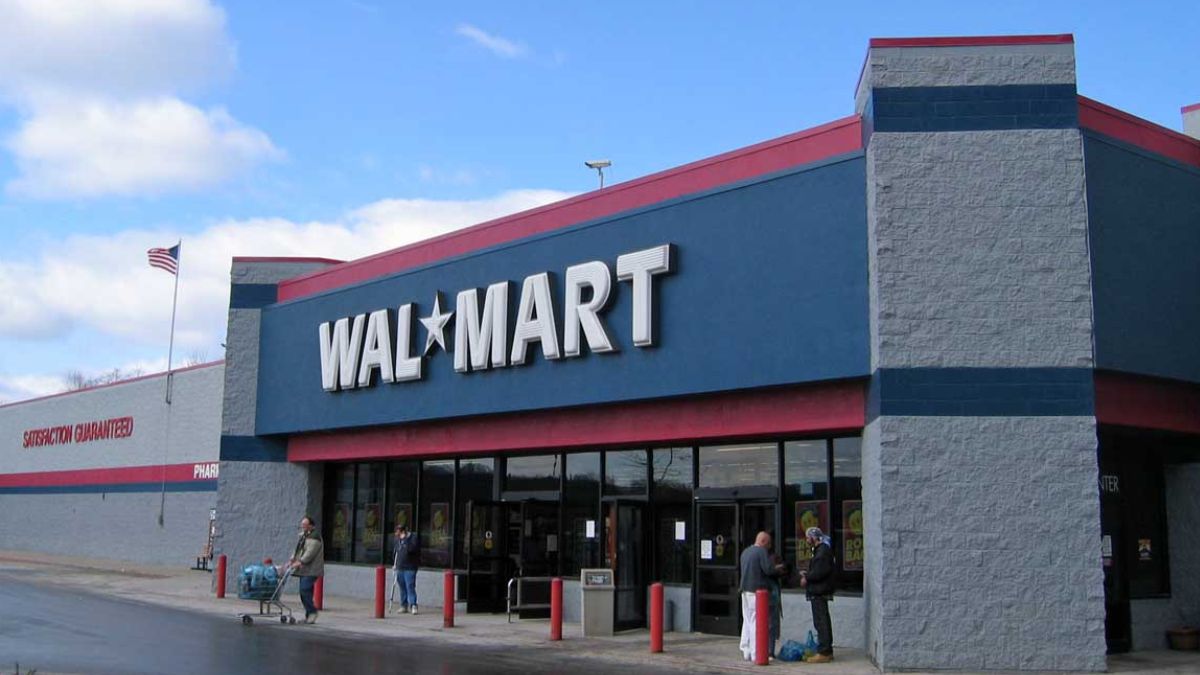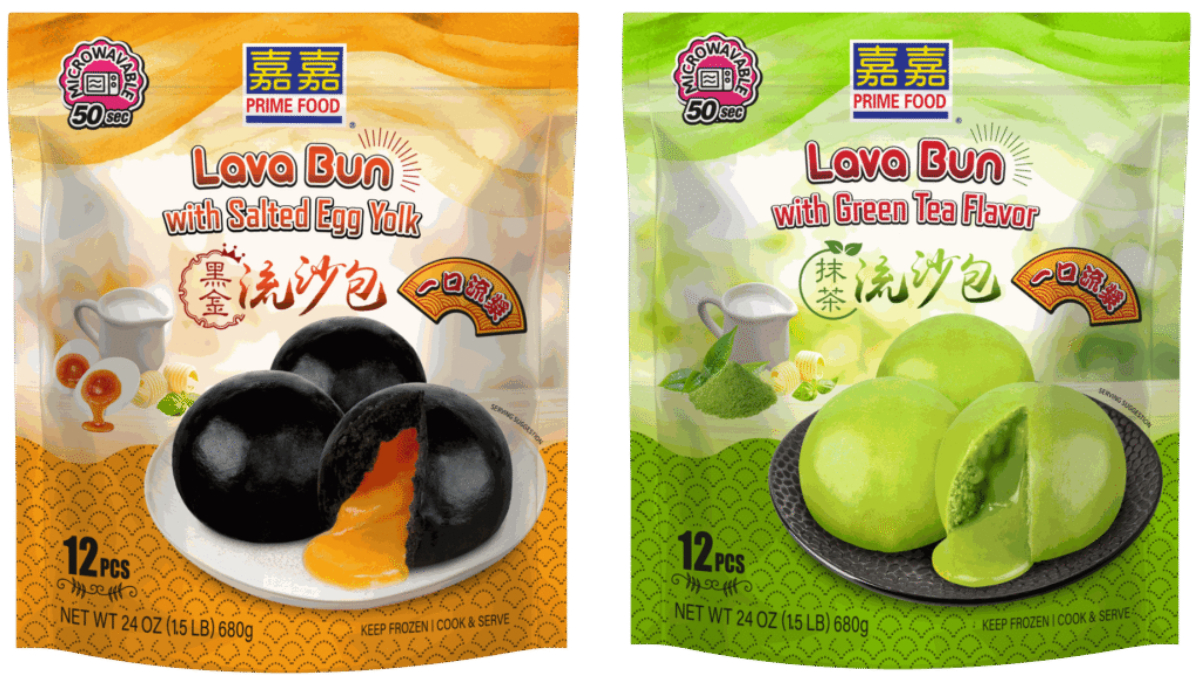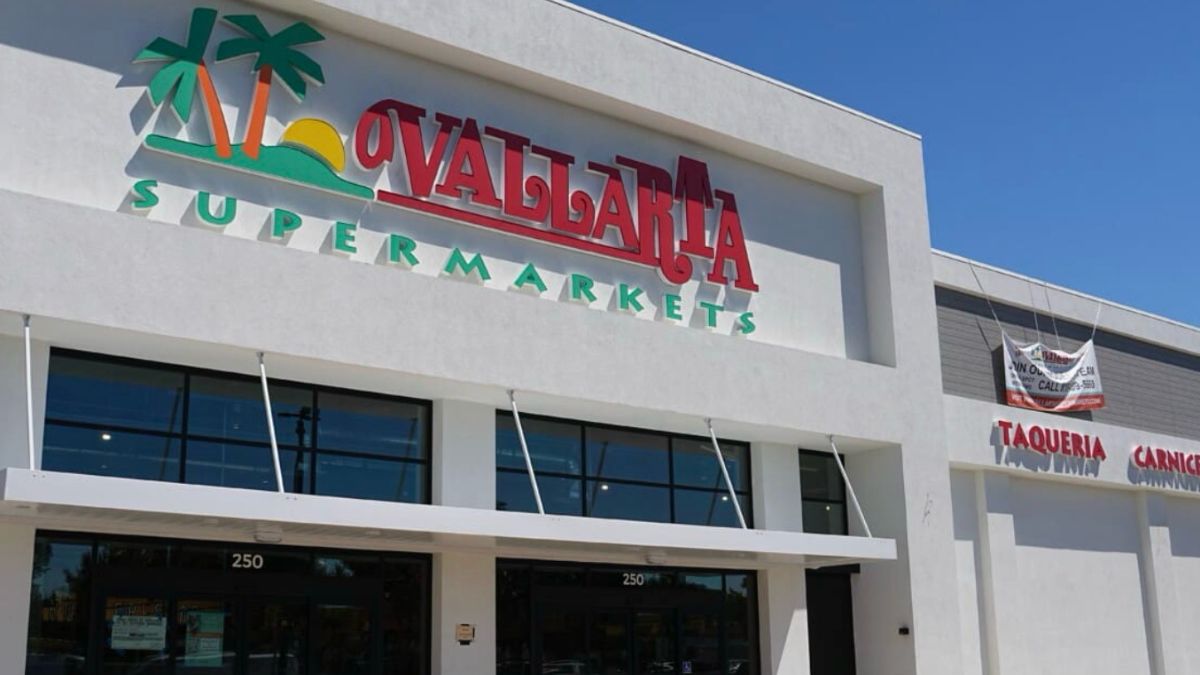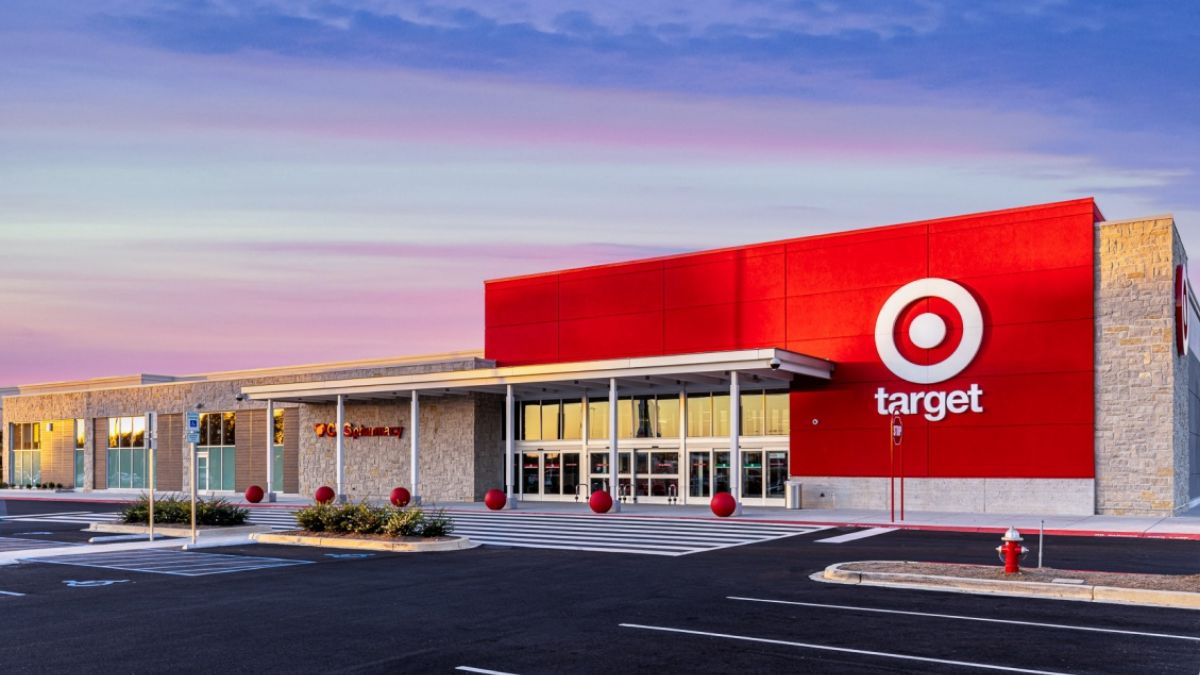American consumers have been battling persistent inflation for a few years now, with prices climbing since 2021. Now they are being confronted by another economic adversity in the form of tariffs. While the complete impacts are yet to be experienced, tariffs were suspended briefly after they were announced in early April.
Retailers like Walmart have already prepared strategic countermeasures to prevent disruption and price increases. The tariff announcement saw markets crash first, creating volatile conditions that concerned both companies and consumers alike.
Highlights
- Walmart CEO Doug McMillon reassured investors that the company is well positioned to face tariff troubles, given its vast exposure and negotiating strength.
- Walmart sources two-thirds of its products domestically and, hence, faces fewer tariff risks from abroad.
- The new program ‘Grow With Us’ aims to develop domestic suppliers by providing training, resources, and potential financial aid to small American businesses.
Tackling the Inflation Crisis
The buying environment has been radically changed by persistent inflation over the last few years. Buyer prices have been continuously going up since 2021, imposing huge economic burdens on households all over America. Walmart, being a giant in the chain of retail and holding huge market power, understands that it must try to alleviate some of these issues.
In addition to the ongoing inflation, consumers now face further economic uncertainty created by the introduction of new tariff policies that may further fuel prices.
Strategic Responses to Tariff
Walmart is using its vast size and clout to minimize tariff effects through a range of approaches. The retail giant is having price negotiating discussions with current suppliers while building foreign market sourcing relationships to minimize dependence on any one overseas market.
During the firm’s February earnings call, CEO Doug McMillon was optimistic, stating, “Tariffs are something we’ve managed for many years, and we’ll just continue to manage that.”
Supporting Small Businesses
Walmart’s most innovative solution is the rollout of its “Grow With Us” initiative to assist small American businesses in selling to the retailer. The four-part initiative comprises online courses covering business fundamentals and Walmart-specific requirements, with select businesses eligible to apply for funding.
The company also hosted meetings during May and June where small companies could directly meet with Walmart buyers in an effort to sell their product.
Building a Robust Domestic Supply Chain
Nearly two-thirds of Walmart items are sourced domestically in the United States, a step that greatly reduces the company’s exposure to changes in international tariffs. This domestic supply base gives Walmart greater resilience compared to its rivals, who perhaps depend more on imports.
The retail giant is actively looking to capitalize on this with its small business strategy, a win-win for the fortification of American manufacturing and a buffer against tariff-induced price hikes.
As McMillon suggested in February, “We can’t predict what’s going to happen in the future, but we can manage it really well,” crediting the company’s flexible response to economic woes.
Broader Implications for the Retail Sector
Walmart’s strategy could be a model for other major retailers who wish to respond to tariff issues while supporting local businesses. When retailers buy more locally, they can protect consumers from higher prices that otherwise would be brought on by foreign tariffs.
As per Walmart’s corporate press release, “Small businesses play a powerful role in bringing unique products to market to help meet the diverse needs of customers and communities nationwide.”
Potential Benefits for Consumers and Job Creation
In addition to price stabilization, the program could spur economic growth by opening opportunities for small businesses and new job creation throughout the country, presenting a multi-faceted remedy to economic concerns.
Walmart’s strategic response to the threat of tariffs shows how large retailers can counteract economic threats and, at the same time, promote local businesses and protect consumers from potential increases in prices.













